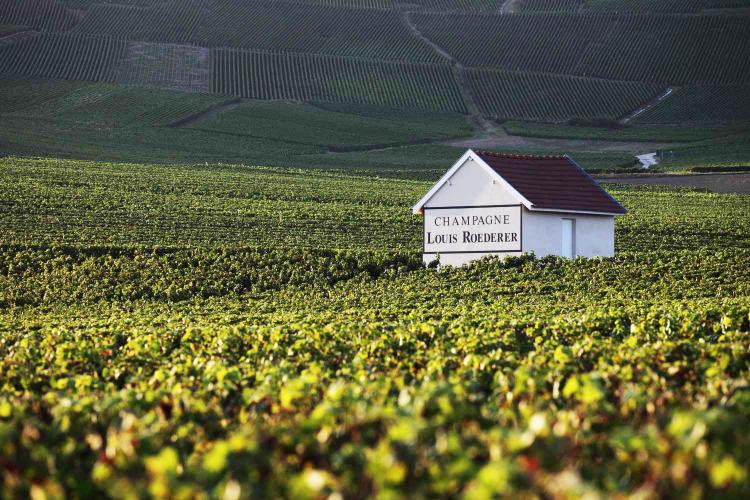 Of all the different genres of winemakers, the chef de cave is undoubtedly one of the most complex. There’s much to master – the technical side, the philosophical side, the management side and the marketing side – all full-time roles in their own right.
Of all the different genres of winemakers, the chef de cave is undoubtedly one of the most complex. There’s much to master – the technical side, the philosophical side, the management side and the marketing side – all full-time roles in their own right.
Any yet there are a few that seem to fuse all these together as effortlessly as Louis Roederer’s Jean-Baptiste Lecaillon. A quick look over his resumé reveals why he is so good at bringing it all together.
He’s had experience in setting up Roederer’s Californian and Australian outposts, as well as their Bordeaux estates, taking the chef de dave role in 1999 and then moving to executive vice-president overseeing production at all Roederer’s estates after that.
I recently attended a tasting in Melbourne with Lecaillon where he presented a set of vins clair as well as the current Roederer range, all of which were excellent, but the feature act was a vertical of Louis Roederer Cristal served in two flights. The first flight presented vintages 2006, 2005 and 2002, followed by a flight of 1999, 1995 and 1993.
Some background to Cristal, beyond the fairly well-known fact that it was created in 1876 for Russian Tsar Alexander II, the ‘estate’ was assembled from 1845-1850 with a view to purchasing the chalkiest soil in the Champagne region. The rationale was that these soils produce the potential for the most elegant Champagnes.
This resulted in specifically sought land in several different villages with the unusual quirk that land was not simply sought in the typically highly-regarded mid-slope position. Simply put, if the chalk was high slope then that was where the land was purchased.
Biodynamic farming has most recently been adopted for a large proportion of the Cristal source vineyards, the rationale here being to emphasise the effect of the chalk soil and capture more ‘mineral’ character and a stronger voice of terroir.
Lecaillon’s take on vintages is interesting, citing three types of years in Champagne: “There are continental years (dry summer, pinot is king), oceanic (chardonnay is king where pinot struggles to ripen) and classic, where both are ripening well. Oceanic vintages we push more on chardonnay, continental we push more on pinot noir.”
The six vintages tasted were incredibly distinctive and yet retained a filial deference to a shared philosophy and style, the ability of Cristal to age unequivocally demonstrated through various styles of vintage. The highest quality achieved here consistently in subtly different guises.
Click for the notes and scores.
** Louis Roederer will release the Cristal 1995 in a new initiative collection-style release in 2015. The official naming is yet to be announced, the wine will be released having spent 10 years on lees and 10 years on cork, with a view to showcasing the Champagne as a pristinely cellared example and not a late disgorged style.
Photo courtesy of Champagne Louis Roederer.
Nick Stock is a renowned Australian wine writer, author, presenter and filmmaker who reports on his worldwide wine tasting experiences for JamesSuckling.com.
